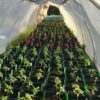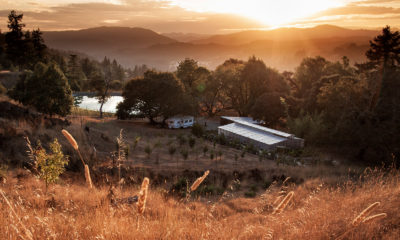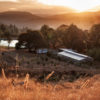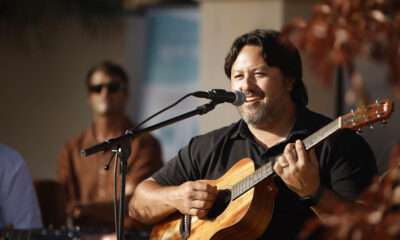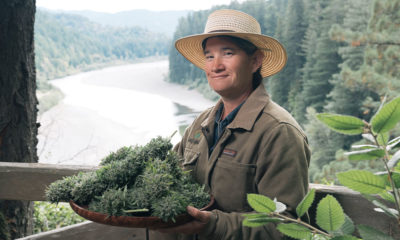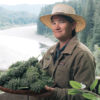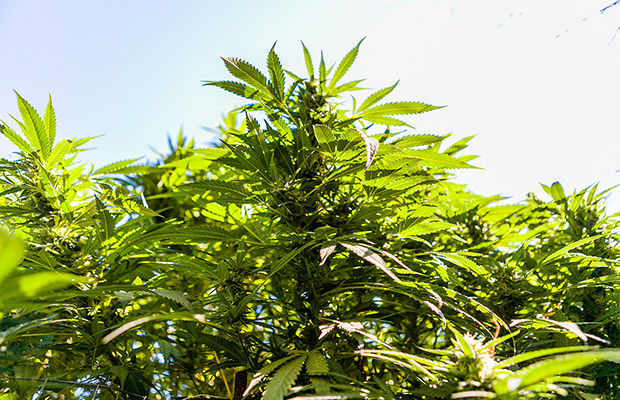
Cannabis
Cannabis Is a Plant: UC Berkeley Botanical Garden Hosts Lecture Series
The first installment of the lecture series on cannabis science covered the benefits of sungrown cannabis and supporting the small farmer.
The UC Berkeley Botanical Garden has found a great hook to get people more engaged in plant science by highlighting the world’s most favored flower: cannabis. The garden, which is part of the prestigious public university but functions somewhat independently, kicked off a sold-out five-part cannabis lecture series on Thursday. Despite the progressive nature of the series, it was not completely embraced by the university itself. Director Eric Siegel noted that while the dispensary Harborside had made a financial contribution to support the lectures, the university forced the garden to give the funding back.
“This shows the interesting juncture we’re at with this fascinating plant,” Seigel said to the room, the majority of whom were first-time visitors to the garden. “What we’re really interested in is engaging more people in the plant world and science in general.”
The UC Berkeley Botanical Garden is one of the oldest gardens in the west, having been established 125 years ago and located at its current site for more than 90 years. To begin the Science of Cannabis Symposium, the garden hosted speaker Dr. Amanda Reiman, president of community relations for Flow Kana and secretary of the International Cannabis Farmers Association. Reiman’s presentation centered on the environmental impact of large scale cannabis cultivation.
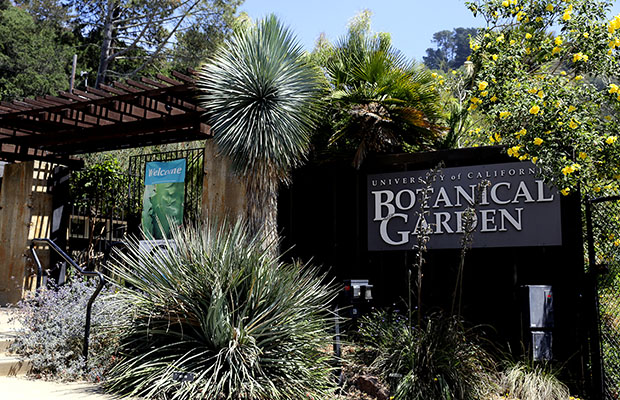
Reiman started the lecture by posing the question of whether size or methods matters more when it comes to producing environmentally friendly cannabis. She noted that when people talk about outdoor cannabis, the conversations typically include topics like clear-cutting forests, the dangers of rat poisons on other animals and crops, and the trash left behind.
“This is not from sungrown cannabis cultivation, this is from prohibition,” she said noting that the type of outdoor cultivation she generally speaks about is small family farms using traditional methods such as dry farming and compost teas and “working with the environment in order to create their product.”
Cannabis, Reiman said, is both an herbal medicine and an agricultural crop that is able to reach its greatest potential — in terms of flavors, terpenes and cannabinoids — under the full sun.
“The sun is free, it’s always there,” she said.
Reiman also pointed out other benefits of sungrown cultivation such as the re-use of water, regenerative farming methods that can improve the land, and the support it can provide to a rural farming economy through the diversification of crops.
“Yet, only 13 localities in California permit outdoor cultivation,” she said, adding that only six states — California, Oregon, Washington, Colorado, New Mexico and Arizona — allow outdoor cultivation.
This discrepancy, she said, is based on a false idea of what is quality in the market driven by prohibition as well as a “reefer madness” that results in fear of seeing a cannabis plant. Music and media have long favored the look of indoor cannabis and many consumers have never seen the plant outside of its bagged and dried form. Removing the healing properties that can come with tending a garden interrupts the relationship with the plant, she said. In addition, fears surrounding children and the plant are generally unfounded — “You can’t just pick cannabis and smoke it, it’s wet,” she said — and there is a disconnect between this issue and other sustainability issues stemming from a lack of recognition of cannabis as an agricultural crop.
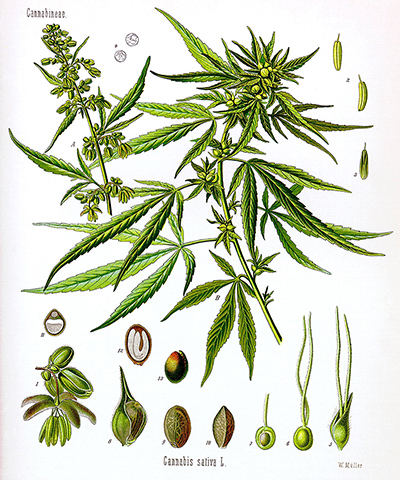
“The questions people are asking about cannabis are starting to go beyond what’s the strongest,” Reiman said.
Another hurdle outdoor growers face is a disconnect in cannabis policy. In California, for example, there are no tax incentives for growing outdoors and there are more environmental hurdles making it easier to get a warehouse in Oakland rather than to establish a “heritage organic farm.”
Thus far in California, the counties of Humboldt, Mendocino and Santa Barbara have received the highest number of sungrown cultivation licenses and are set to define the future outdoor cannabis marketplace. When it came to deciding what makes quality cannabis, Reiman said the tight buds and big crystals seen in magazine centerfolds are analogous to the contrast between sexualized versions of women and what really defines an excellent woman.
“I realized I was kind of being sold the Playboy model of cannabis,” Reiman said, reminding the audience that the best apple often isn’t the shiniest and biggest. “You want the farmer’s market apple.”
Reiman’s presentation was followed by a question and answer section where audience members asked about topics such as the potential for large agricultural companies to move into the space as well as potential health benefits of indoor vs. outdoor cultivation. On question was even directed at the head of the botanical garden, who had hinted at his own love for growing cannabis before the presentation began.
“Everybody should just grow a little plant of your own,” Seigel said. “It’s a lot of fun. It couldn’t be easier.”
He said that “plants wear their evolutionary story on their sleeves,” meaning they often display a response to the environmental pressures from which they evolved. He finds the texture, structure and morphology of the cannabis plant fascinating.
“It’s a beautiful plant as it evolved,” Seigel said.
Within the next four weeks, the lecture series is set to focus on topics such as the genetics of cannabis breeds, the neuroscience and ethnobotany of cannabis and cannabis as a medicine.
TELL US, do you know about the science of cannabis?




